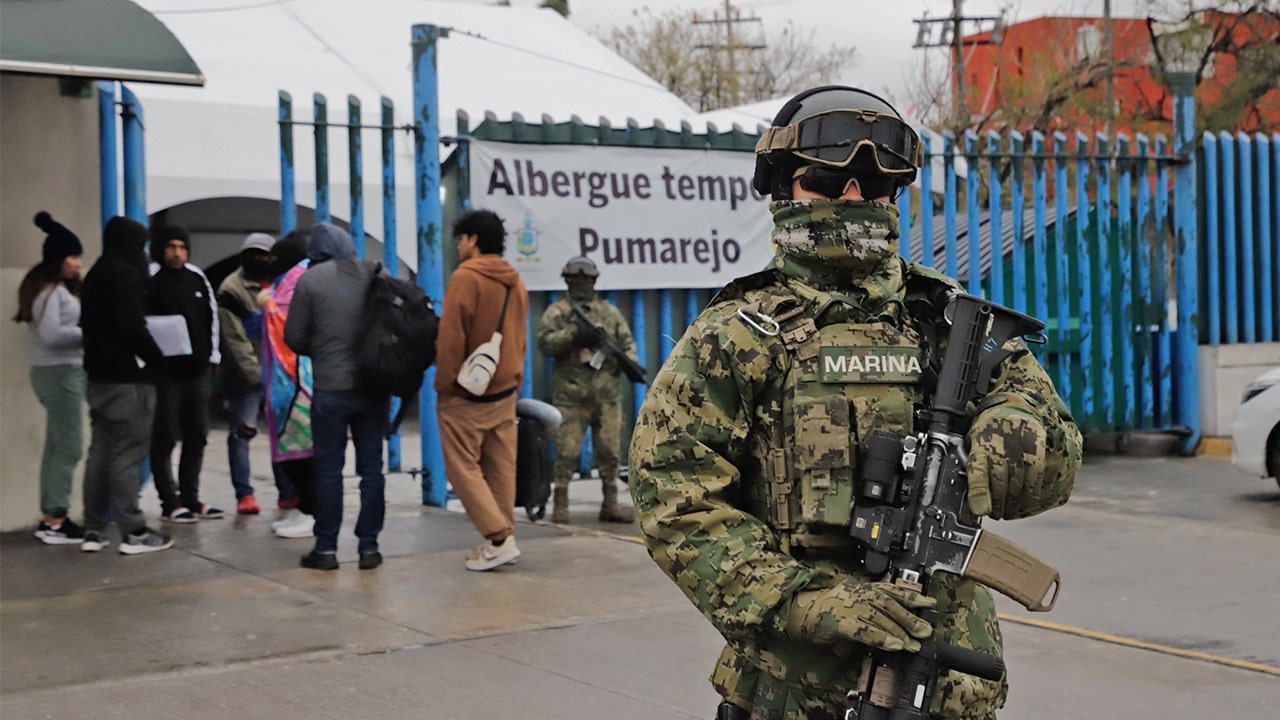CHONGQING - Beijing has signalled its willingness to keep the door open for negotiation with the United States by not striking back with retaliatory tariffs after US President Donald Trump signed into effect a sweeping 10 per cent tax hike on all goods from China.
Instead, the Chinese ministries of foreign affairs and commerce said separately on Feb 2 that Beijing “firmly opposes” the new tariffs, and would take the case to the World Trade Organisation – a move that analysts said is largely symbolic, given that the US has curtailed the multilateral body’s power to enact counter-measures since 2019.
Beijing will also take “corresponding countermeasures to resolutely safeguard its rights and interests”, the ministries added.
On Feb 2, Mr Trump signed orders imposing a 10 per cent hike on all Chinese goods into the US and a 25 per cent increase on Canadian and Mexican imports, as these countries had allegedly not addressed his concerns about illegal immigration and drug trafficking.
The taxes are set to kick in on Feb 4.
The US shares a border with Canada and Mexico, and it blames China for producing the majority of chemicals used to make fentanyl, a form of opioid.
China’s response this time to Mr Trump’s tariffs was starkly different from July 2018, when the first Trump Administration slapped 25 per cent duties on some US$34 billion (S$46 billion) worth of Chinese imports such as aviation parts, hard disks and cars.
Beijing retaliated with its own tariffs on US$34 billion worth of American imports, including farming and aquatic products as well as cars.
That was the beginning of the first trade war between the two countries, which lasted for about two years, and led eventually to tariffs on some US$550 billion worth of Chinese goods and US$185 billion worth of US items.
This time, however, the ambiguity in China’s response to the latest US tariff hikes has left space for the world’s two largest economies to come together at the negotiation table, said analysts.
“Beijing is not interested in retaliatory tariffs this time. That tactic already failed the first time because China imports so much less than it exports to the US,” said Ms Shan Guo, a partner at Hutong Research consultancy in Shanghai.
Singapore Management University law professor Henry Gao, who researches Chinese trade policy, said that the 10 per cent hike was likely “a warning shot aimed at pushing China back to the negotiating table”, which the US looks to have succeeded.
Mr Trump has indicated that he will raise tariffs further against countries that retaliate.
Canada and Mexico are reportedly preparing to impose similar levels of taxes on US imports.
It is unclear for now how Mr Trump will strike back if Mexico and Canada impose duties on US imports as payback.
But analysts warned that China’s willingness to negotiate should not be seen as weakness, given that it has had time to prepare for Mr Trump’s return to the White House.
Maybank’s director of macro-research, Ms Erica Tay, told ST that any retaliatory tariffs or export restrictions by China “will be calibrated with surgical precision”.
“For example, potential measures may target corporate titans who have Trump’s ear,” she added.
China has also – for the first time – imposed an official ban on countries that buy its critical minerals, such as antimony, germanium and gallium, from reselling them to the US. These elements are used in military applications and the production of semiconductors,
Ms Guo said that it will be clearer what China has up its sleeve when Congress starts to decide on whether to pass the Restoring Trade Fairness Act, possibly in April, that could result in China losing its trade status with the US. This would allow Mr Trump to fulfil his pledge of slapping 60 per cent tariffs on Chinese imports made during his campaign trail.
Mr Trump has long found fault with the US’s trade deals, claiming that America has been taken advantage of by Mexico, China, Canada and the European Union – its largest trading partners.
While the EU has been spared in the latest round of Mr Trump’s orders, he has initiated investigations into the bloc’s trade deficit with the US.
Mr Bo Zhengyuan, a partner at Plenum research consultancy in Shanghai, said that China is biding its time to observe how brutal the US’s trade fight will be with Mexico, Canada and the EU. “Then China can plan accordingly as to how it wants to play its cards,” he said.
Beijing is also banking on the tariffs imposed being short-lived, given that US consumers will protest at the price hikes, Ms Tay said.
Goods from China, Mexico and Canada accounted for 41.7 per cent of US imports in 2023, with China accounting for 13.5 per cent, second to Mexico.
“The inflationary impact of Trump’s tariffs on US consumer prices will be politically unsustainable for Trump,” she added.
Mr Stephen Olson, a visiting fellow at the ISEAS – Yusof Ishak Institute in Singapore, said: “(Mr) Trump seems to be approaching China with a bit more caution. This might reflect a recognition of the power a counterpunch from China could pack and an aversion to see the relationship deteriorate further.
“It is still early days, however, so it would be a mistake to assume that the softer touch on China will endure. Trump prides himself on unpredictability, so we could be in a completely different world next week.”
- Aw Cheng Wei is The Straits Times’ China correspondent, based in Chongqing.
Join ST's Telegram channel and get the latest breaking news delivered to you.

 By The Straits Times | Created at 2025-02-02 12:27:32 | Updated at 2025-02-02 14:34:19
2 hours ago
By The Straits Times | Created at 2025-02-02 12:27:32 | Updated at 2025-02-02 14:34:19
2 hours ago








